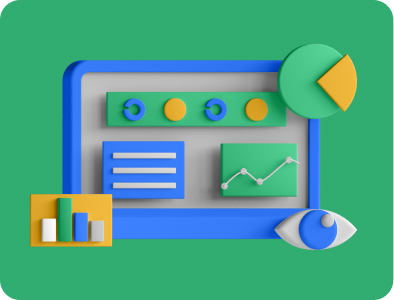How to Install a Facebook Pixel on Your Website: A Step-by-Step Guide
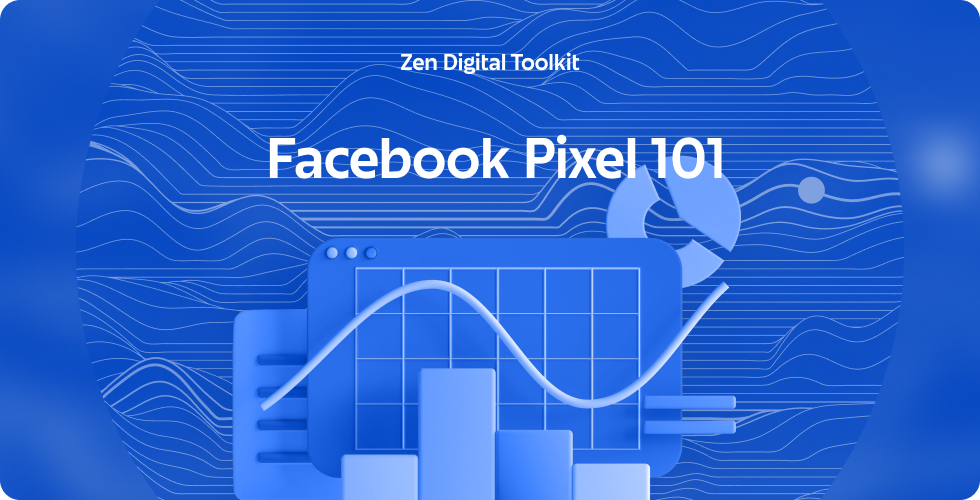
Welcome to our Zen Digital Toolkit, a place where we break things down into simple, actionable steps that you can use in your daily marketing efforts.
In this series we'll guide you with practical roadmaps that will bring calm and clarity to your marketing journey. Whether you’re working on lead generation, digital campaigns, or setting up your ads, these tips will help you stay on track.
What is a Facebook Pixel and Why Is It Important?
The Facebook Pixel is a handy tool that helps you see how people are interacting with your website, build custom audiences, and measure how well your Facebook ads are doing. By adding it to your site, you can gather valuable insights to fine-tune your ads and boost conversions. It's a must-have for businesses looking to level up their online advertising and make smarter, data-driven decisions.
Steps for Configuring Facebook Pixel on Your Website
Step 1: Environment Setup
Before starting, make sure you are using a self-hosted WordPress site (WordPress.org) as this method won’t work on WordPress.com.
A Facebook Business Manager account
- The Facebook Pixel Helper Chrome extension installed.
- Google Tag Manager (GTM) set up on your site. If not, follow our guide on how to add Google Tag Manager.
- If you are using Shopify follow our Shopify guide here.
Step 2: Installing the Facebook Pixel
Log in to Facebook.
Go to Facebook Business Manager.
In the sidebar, navigate to “All Tools” ➝ “Events Manager.”
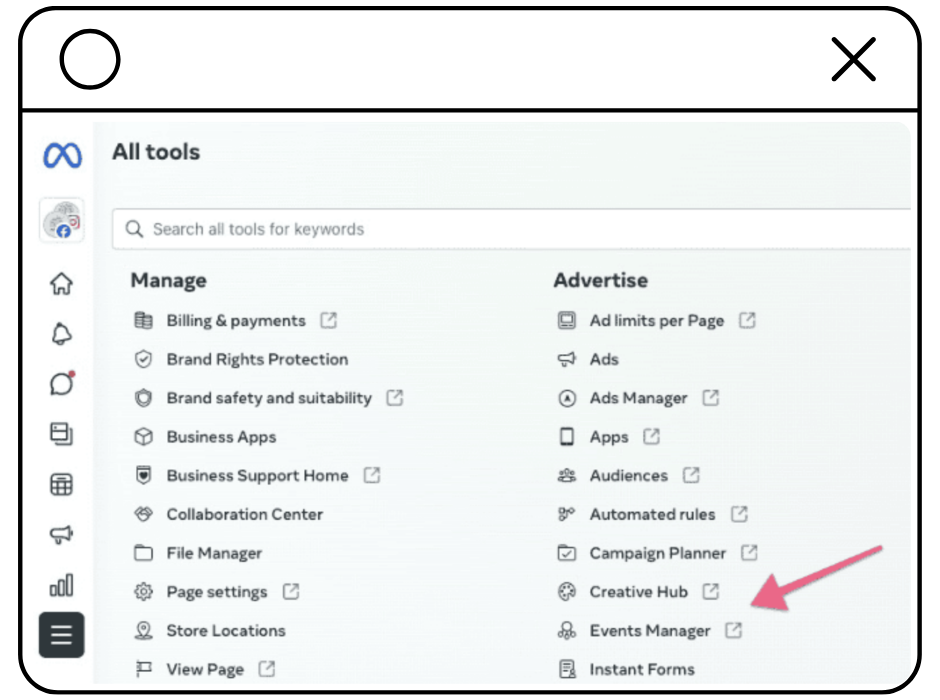
Select the business you want to run ads for.
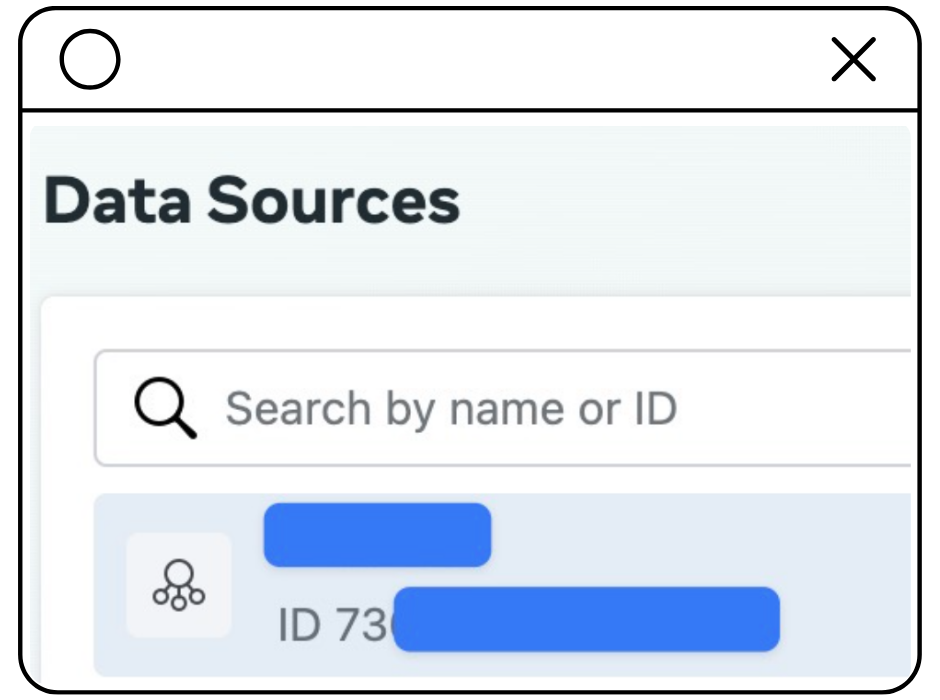
- Under Data Sources, choose “Meta Pixel”
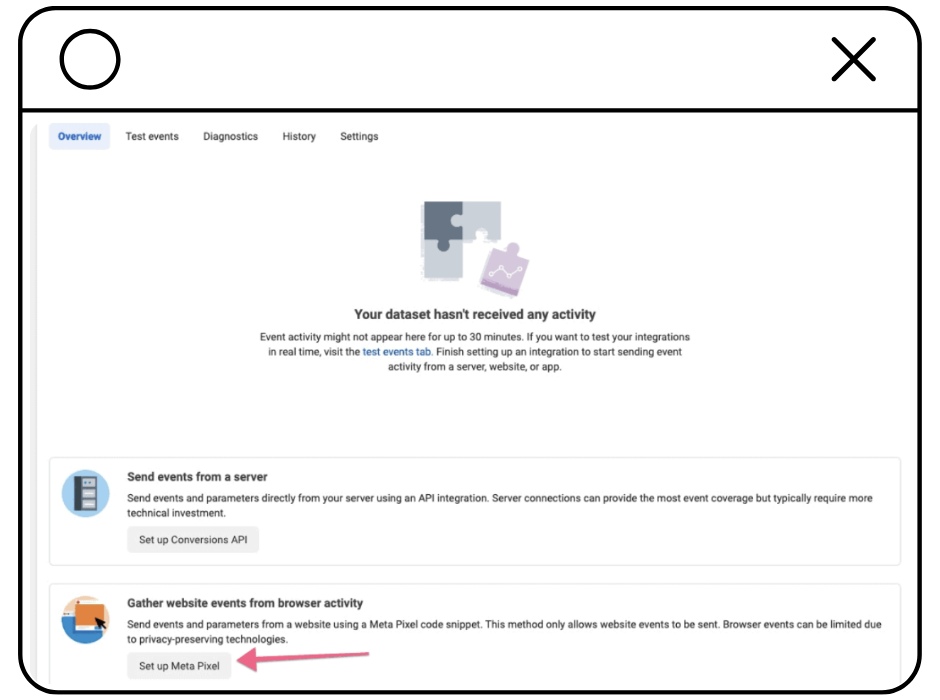
-
Select “Check for Partner.”
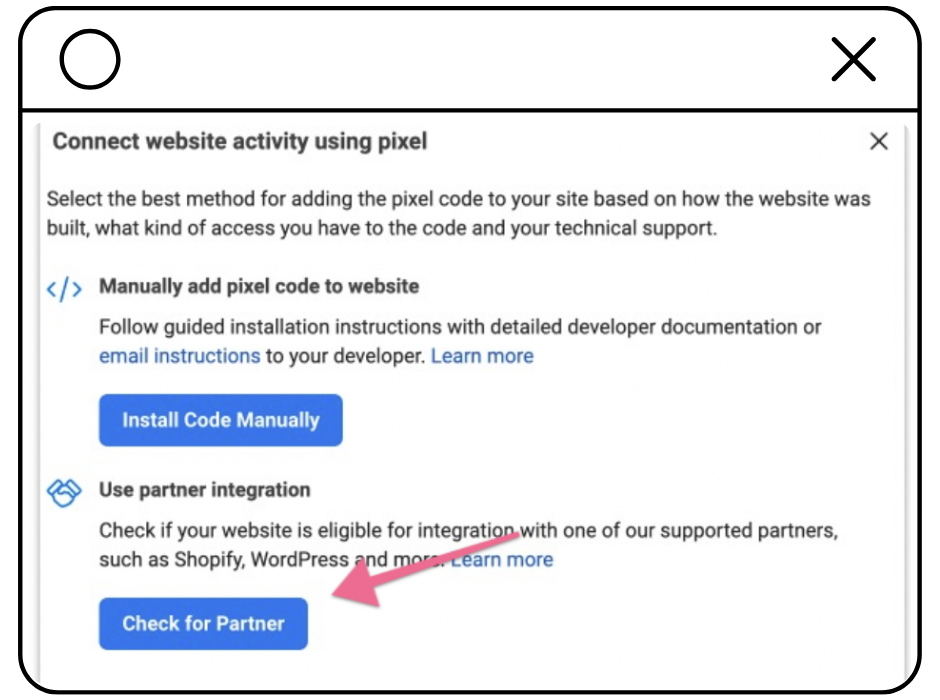
Select “Google Tag Manager” from the partner list.
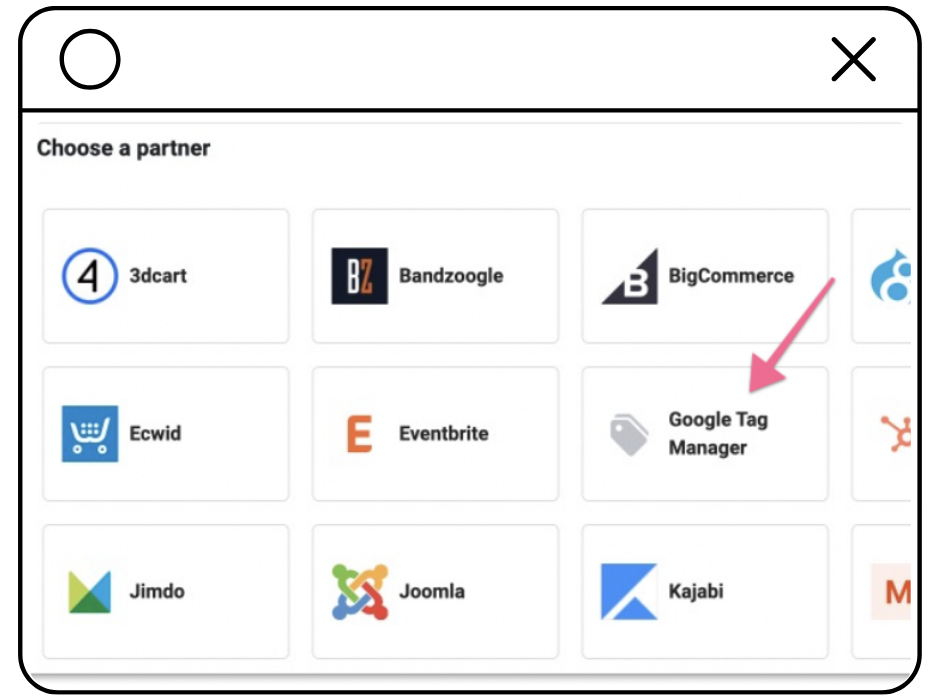
You’ll be prompted to turn on Advanced Matching. If you're not familiar with this, you can leave it off for now and click “Next.”
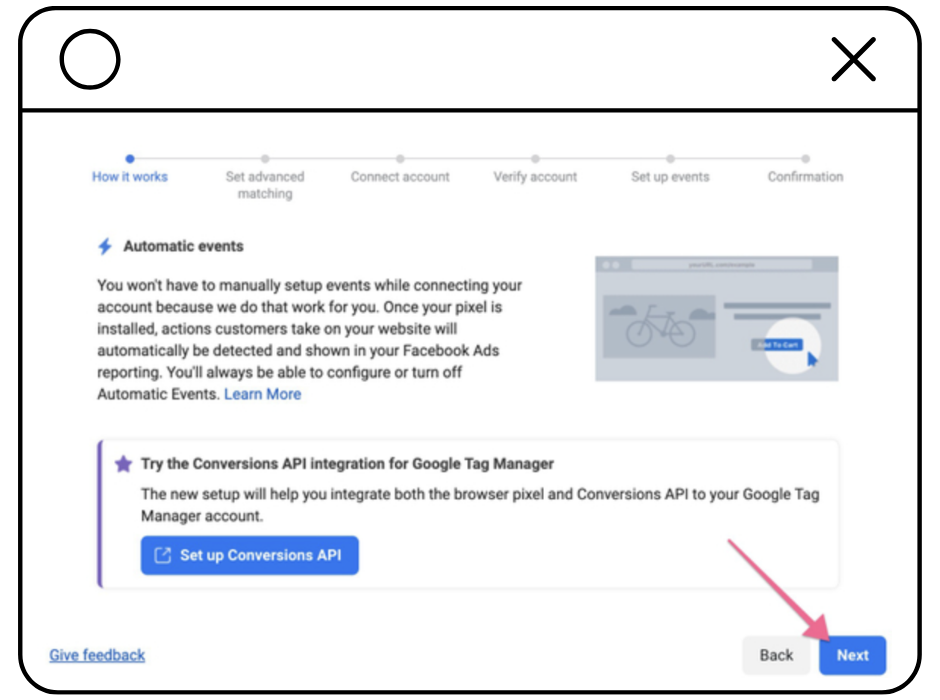
You can turn on “Advanced Matching” now or come back to this step later on.
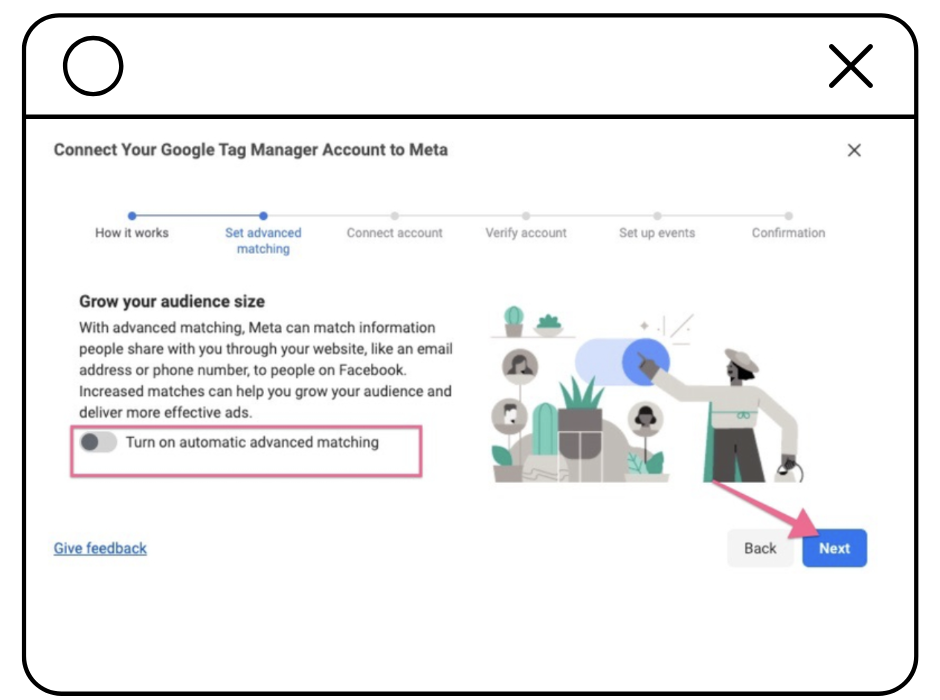
Log in to your Google Account and provide access for FB Pixel installation.
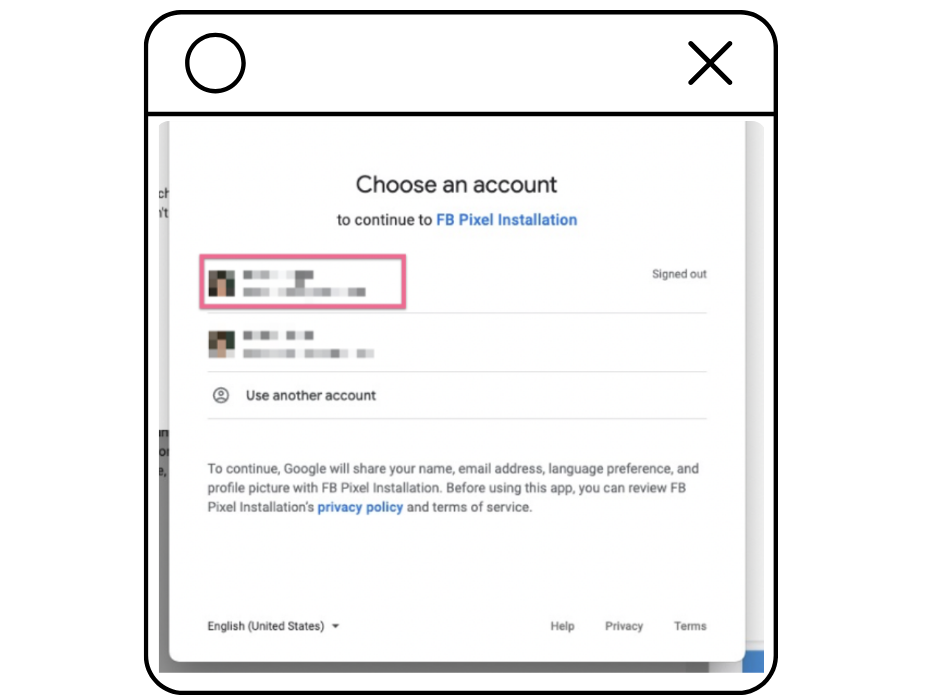
Select the access to provide for FB Pixel Installation. We recommend selecting all and click “Continue”.
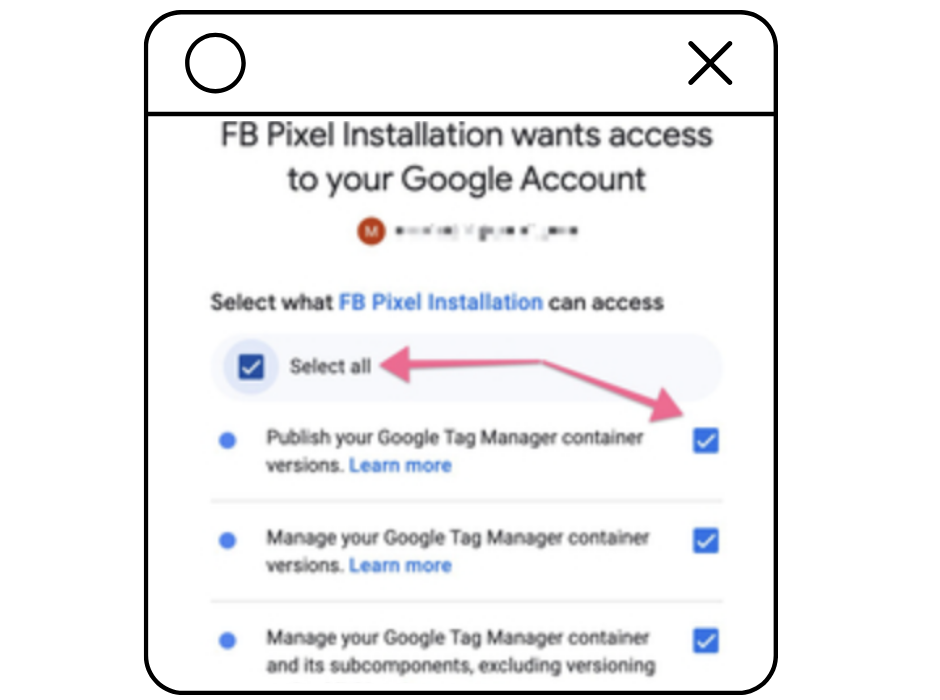
Click “Finish Setup.”
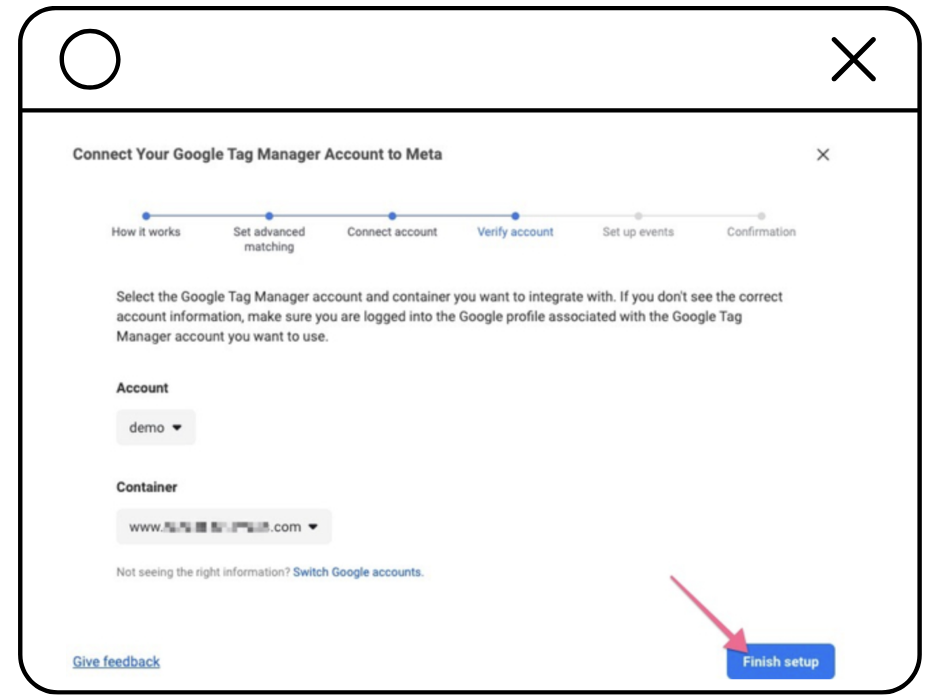
Since you just want to add the Pixel Base Code, for now, you will just need to click “Next”. You might see a warning that mentions that the pixel hasn’t received any events. This is normal since you’ve just installed it—we’ll verify the installation later in this SOP.
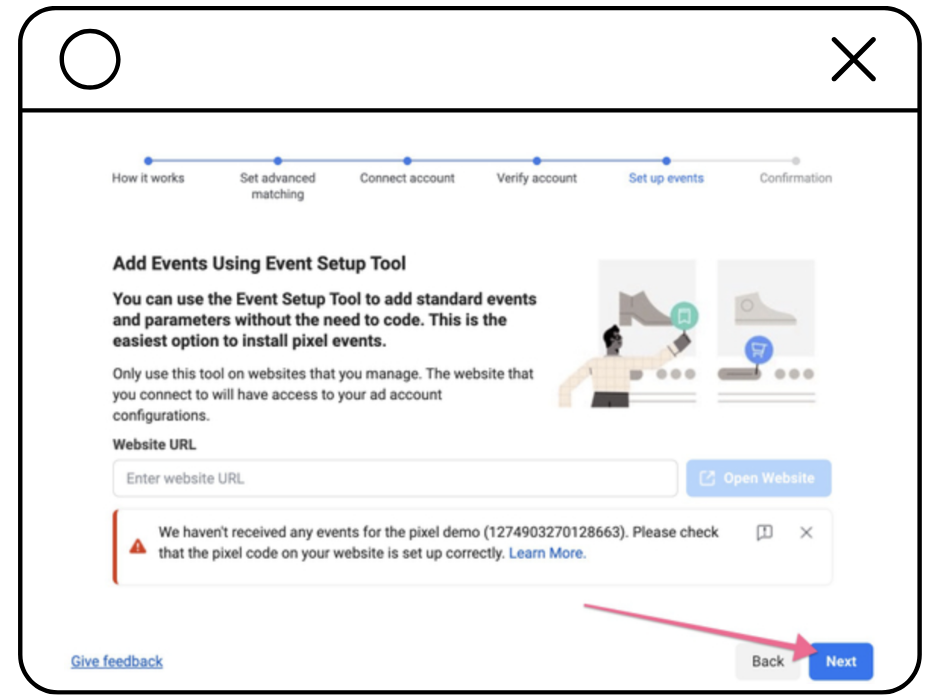
You’ll receive a confirmation screen once the setup is complete.
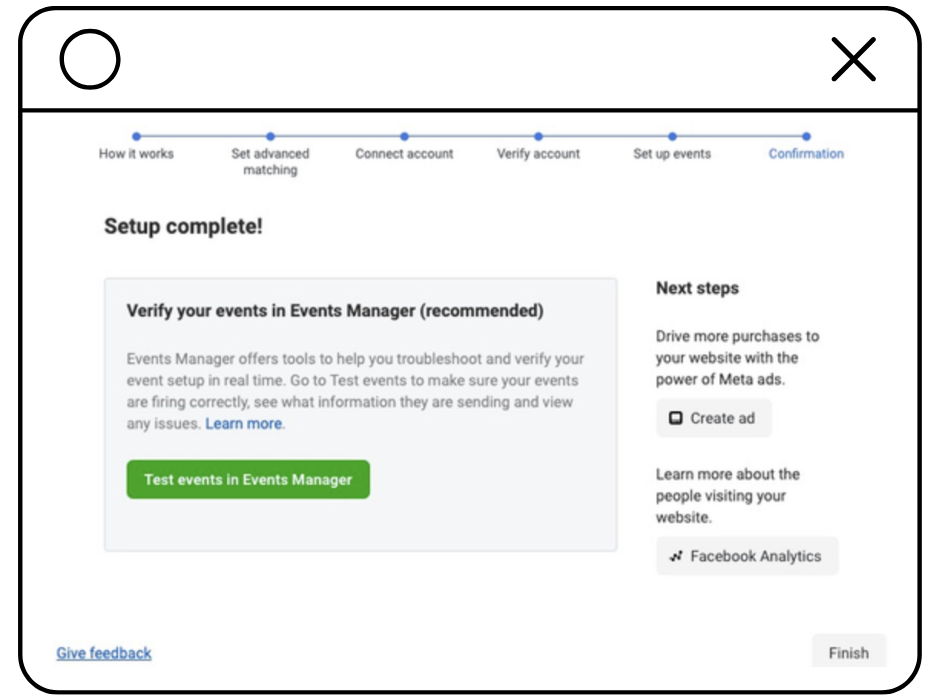
Step 3: QA the Facebook Pixel
Open your website using Chrome.
-
Click on the Facebook Pixel Helper extension in your browser.
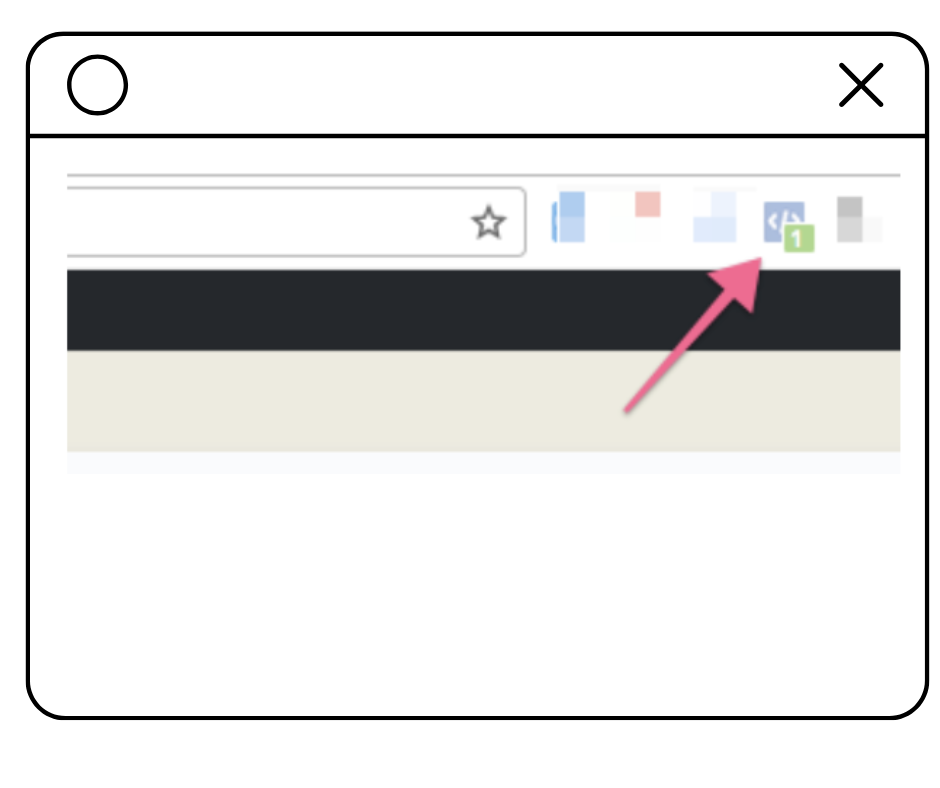
Verify that the Pixel ID matches the one in your Meta Business Manager. If it’s working correctly, the extension should detect at least one active pixel.
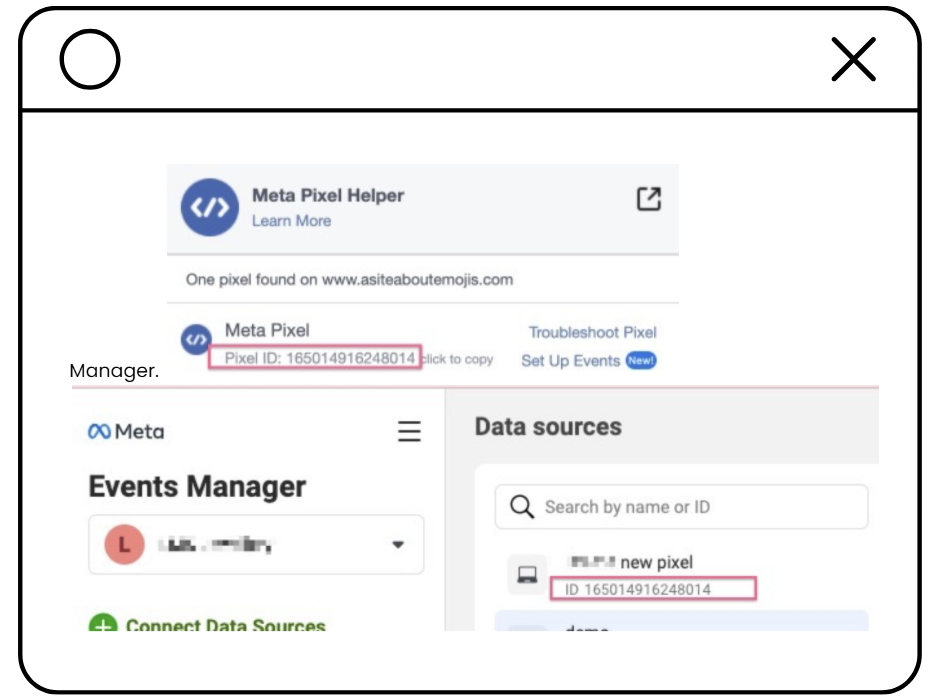
That's it!
Remember, marketing success is about finding balance—between creativity and strategy, vision and execution.
Want help implementing Facebook Pixel or need advice on your overall marketing strategy?
Don’t hesitate to reach out. We're here to help you simplify the complexities of digital marketing.
Read the Next Chapter
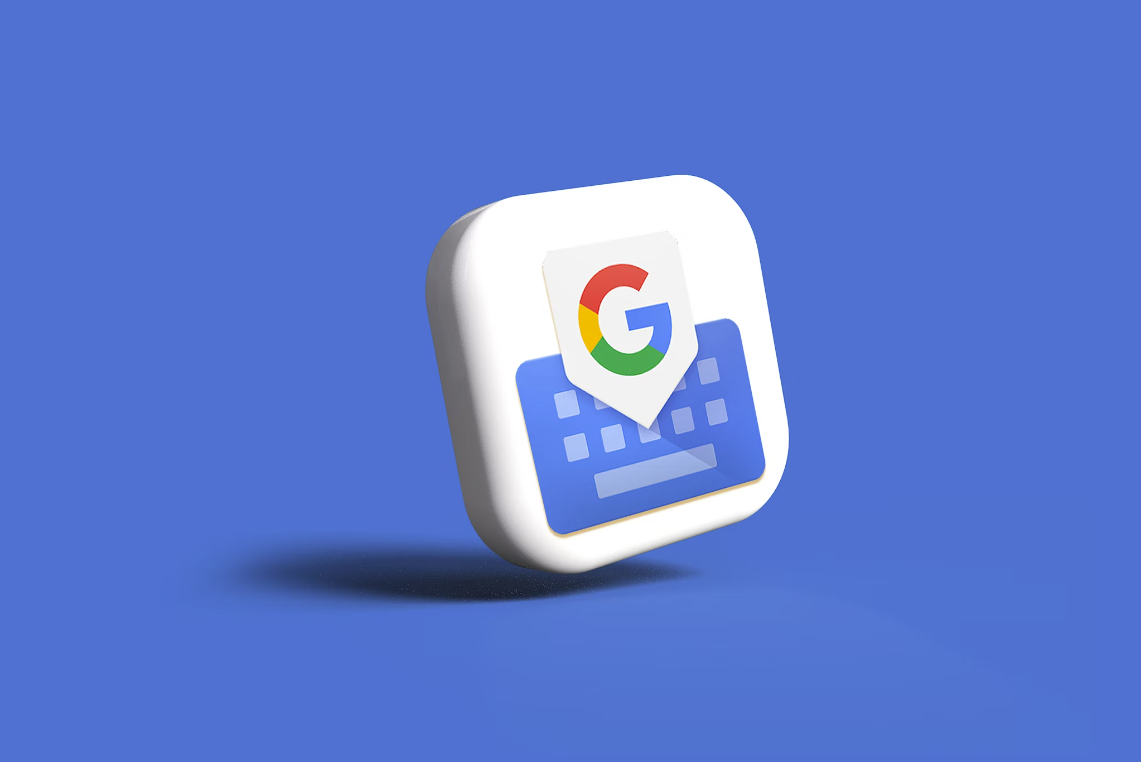
How to Add Google Tag Manager to a WordPress Site in 4 Simple Steps

How to Install a Facebook Pixel on Your Website: A Step-by-Step Guide

How to Add a Facebook Pixel to a Shopify Store in 3 Simple Steps
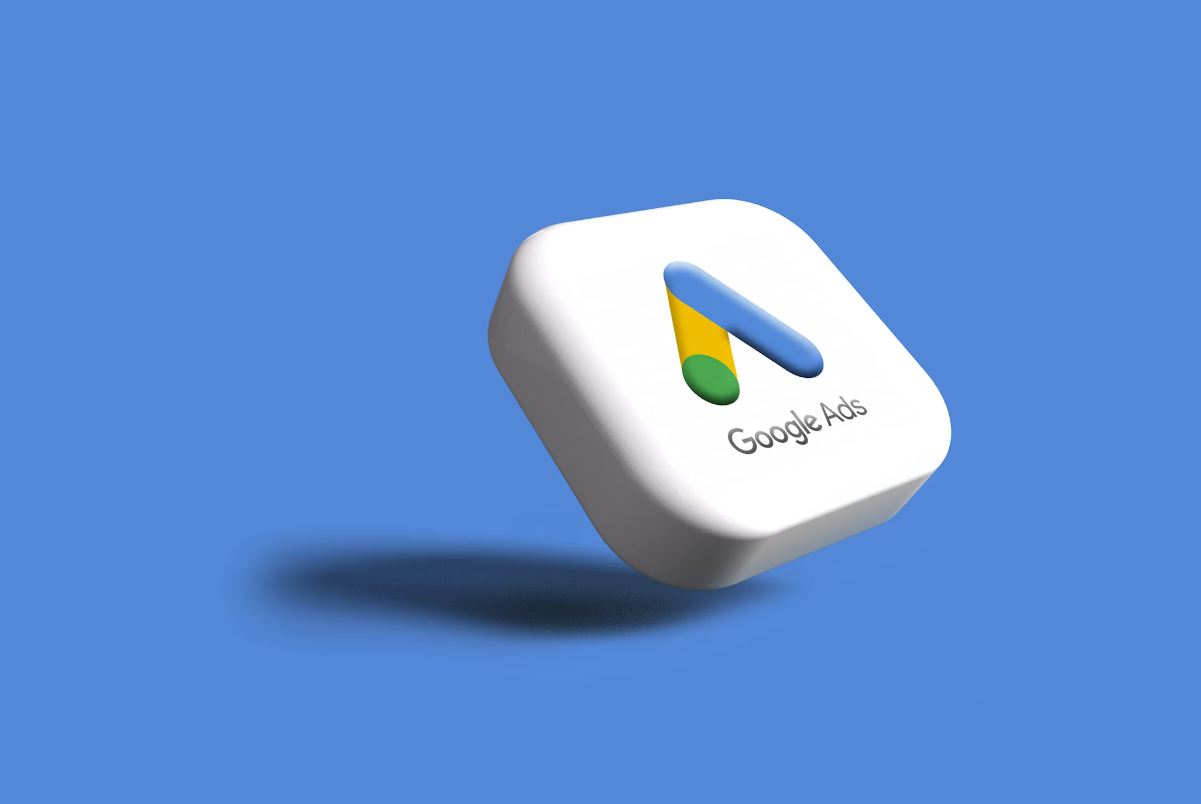
How to Add Google Ads Remarketing Tag to a Website with Google Tag Manager
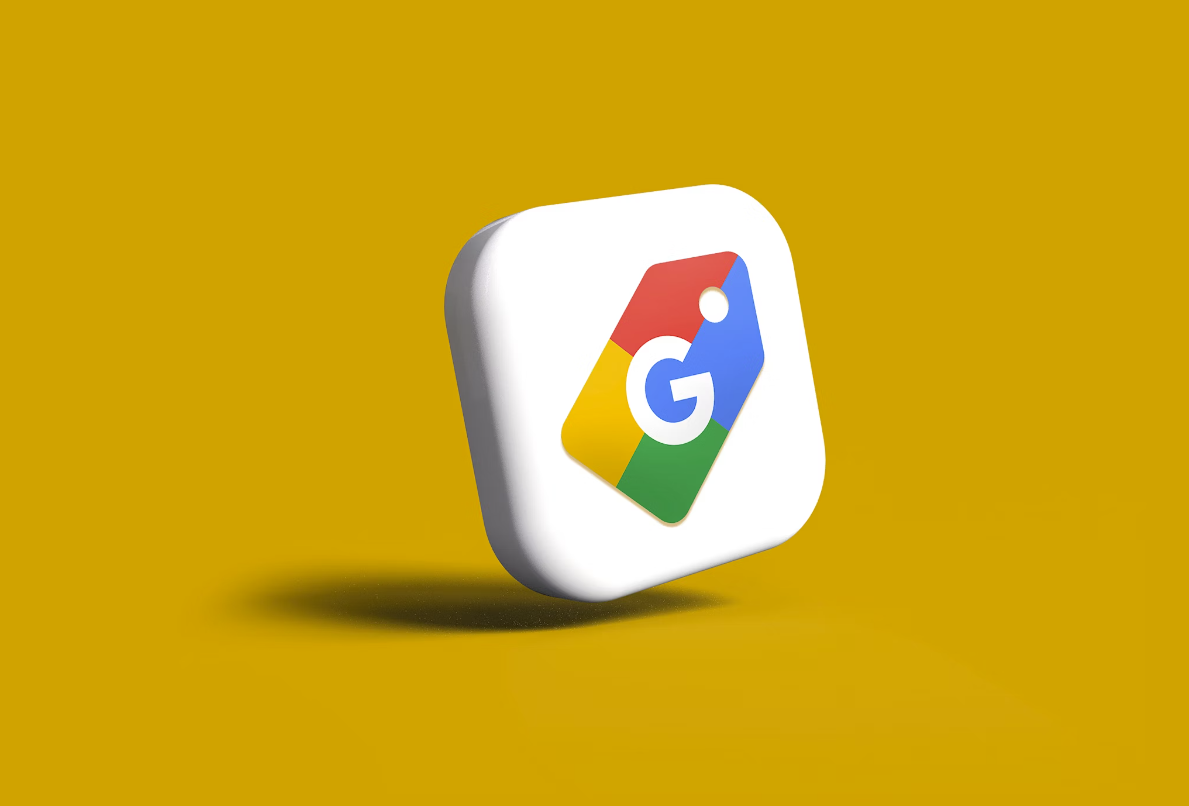
How to Set Up a Google Business Profile in 3 Simple Steps

How to Optimize a Google Business Profile Listing in 3 Steps
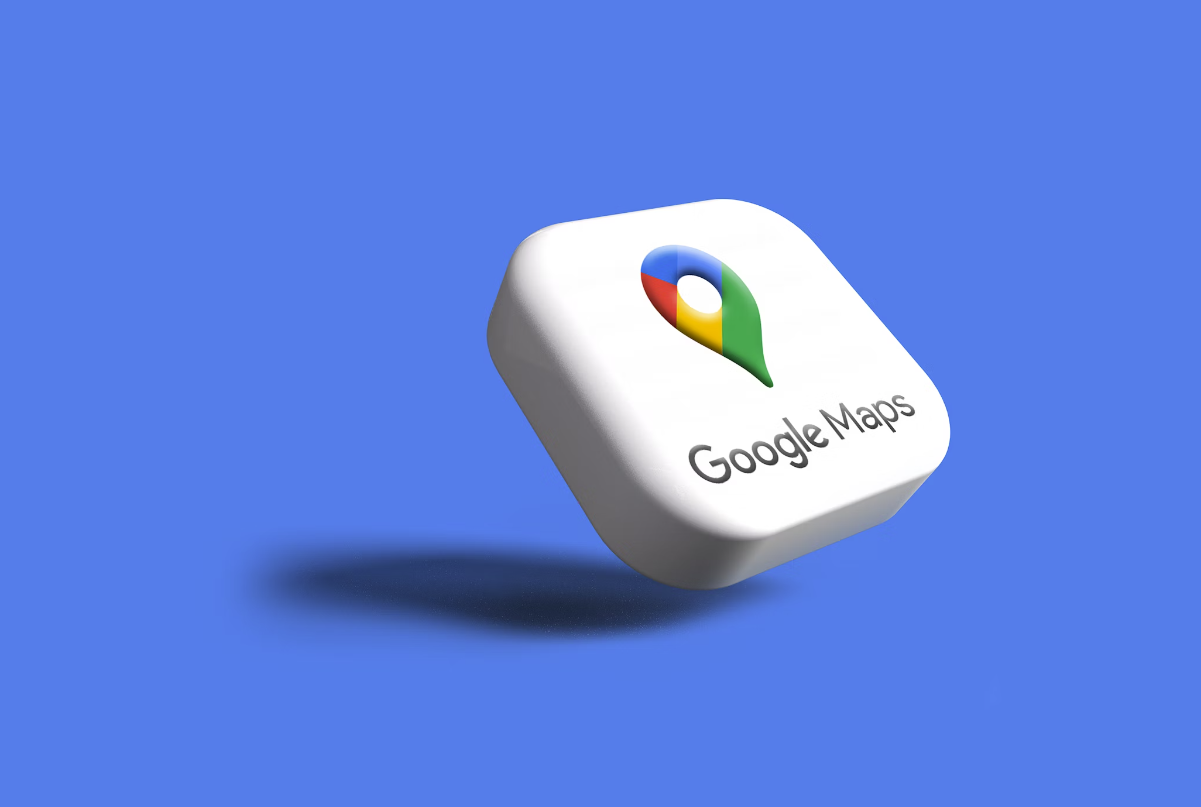
How to Advertise on Google Maps

How to set up TikTok Ads manager account in 3 steps

How to Pick the Right Bid Strategy for Your TikTok Campaign


